Sherman & Plano, TX Criminal Defense Lawyer’s Take on Kavanaugh (Part 3)
 Rule 613(b) states that “(b) …[e]xtrinsic evidence of a witness’s prior inconsistent statement is admissible only if the witness is given an opportunity to explain or deny the statement and an adverse party is given an opportunity to examine the witness about it, or if justice so requires…” Thus, the therapist can be called and his notes admitted into evidence to show that Ford made a prior inconsistent statement to him. In he-said/she-said cases regarding adults, such inconsistencies are usually very damaging. I believe this line of attack would be the strongest that Judge Kavanaugh could present.
Rule 613(b) states that “(b) …[e]xtrinsic evidence of a witness’s prior inconsistent statement is admissible only if the witness is given an opportunity to explain or deny the statement and an adverse party is given an opportunity to examine the witness about it, or if justice so requires…” Thus, the therapist can be called and his notes admitted into evidence to show that Ford made a prior inconsistent statement to him. In he-said/she-said cases regarding adults, such inconsistencies are usually very damaging. I believe this line of attack would be the strongest that Judge Kavanaugh could present.
One of the lines of attack in the media that Judge Kavanaugh’s supporters have put forth is the propensity for alcohol abuse and the propensity for sexual promiscuity on the part of Ford. This brings us to two of our most important Federal Rules of Evidence, 404, 408 and 412, which deal with character and extraneous conduct. Rule 412, “The Rape Shield,” would likely not come into play in this case, because Judge Kavanaugh is not arguing consent and denies that any of the events happened.
Rule 412 states that: (a) …[t]he following evidence is not admissible in a civil or criminal proceeding involving alleged sexual misconduct: (1) evidence offered to prove that a victim engaged in other sexual behavior; or (2) evidence offered to prove a victim’s sexual predisposition.” Thus, sexual misconduct and sexual predisposition, i.e. the “she’s a slut” defense, are generally prohibited. But the Rule has exceptions: “(b) Exceptions. (1) Criminal Cases. The court may admit the following evidence in a criminal case: (A) evidence of specific instances of a victim’s sexual behavior, if offered to prove that someone other than the defendant was the source of semen, injury, or other physical evidence; (B) evidence of specific instances of a victim’s sexual behavior with respect to the person accused of the sexual misconduct, if offered by the defendant to prove consent or if offered by the prosecutor; and (C) evidence whose exclusion would violate the defendant’s constitutional rights.” These exceptions probably will not apply.
 Sherman & Plano, TX Criminal Defense Lawyer Blog
Sherman & Plano, TX Criminal Defense Lawyer Blog


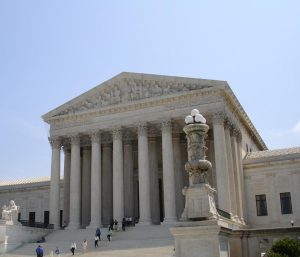 The central piece of evidence in this case is Professor Ford’s testimony. She has previously discussed her experience with a therapist, whose notes are different from her recent statements. So, on cross examination, assuming she testifies similar to her recent statements, she would be confronted with the contradictions in her previous statements, if any, with her therapist. From my reading of the news articles, her therapist apparently wrote notes that she claimed there were four people in the room, and one male pulled Judge Kavanaugh off of her. However, her recent statements are that there were two males in the room and she personally escaped after they all rolled off the bed to the ground.
The central piece of evidence in this case is Professor Ford’s testimony. She has previously discussed her experience with a therapist, whose notes are different from her recent statements. So, on cross examination, assuming she testifies similar to her recent statements, she would be confronted with the contradictions in her previous statements, if any, with her therapist. From my reading of the news articles, her therapist apparently wrote notes that she claimed there were four people in the room, and one male pulled Judge Kavanaugh off of her. However, her recent statements are that there were two males in the room and she personally escaped after they all rolled off the bed to the ground.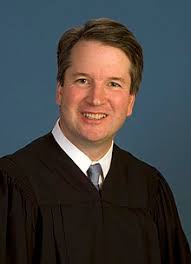 The last-minute presentation of sexual assault evidence against Judge Brett Kavanaugh has put his Supreme Court nomination limbo. Judge Kavanaugh was not my first choice, of those on the Trump list, but I see problems on both sides of the accusation. Sexual assault cases can be the most difficult to defend and prosecute, as they often rely on judging he-said/she-said opposite testimony with no forensic evidence.
The last-minute presentation of sexual assault evidence against Judge Brett Kavanaugh has put his Supreme Court nomination limbo. Judge Kavanaugh was not my first choice, of those on the Trump list, but I see problems on both sides of the accusation. Sexual assault cases can be the most difficult to defend and prosecute, as they often rely on judging he-said/she-said opposite testimony with no forensic evidence. This section went all the way to the United States Supreme Court in Deal v. United States 113 S.Ct. 1993 (1993), in which Mr. Deal got a bad deal at court of 105 years in prison for possessing a firearm during five bank robberies. The Court explored whether “second or subsequent offense” meant that he would have to be convicted by judgment of the first bank robbery on a date before the second or subsequent convictions. The highest Court found that these offenses could be stacked, even if all convictions happened on one judgment and from one trial. The 105 year sentence was affirmed.
This section went all the way to the United States Supreme Court in Deal v. United States 113 S.Ct. 1993 (1993), in which Mr. Deal got a bad deal at court of 105 years in prison for possessing a firearm during five bank robberies. The Court explored whether “second or subsequent offense” meant that he would have to be convicted by judgment of the first bank robbery on a date before the second or subsequent convictions. The highest Court found that these offenses could be stacked, even if all convictions happened on one judgment and from one trial. The 105 year sentence was affirmed.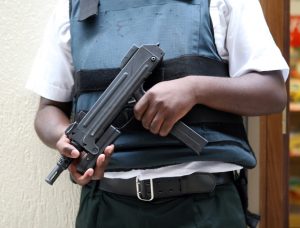
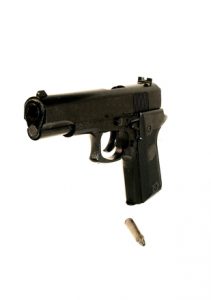
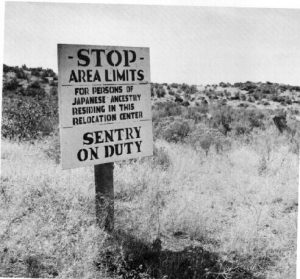
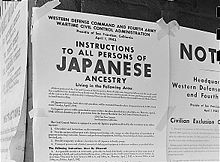
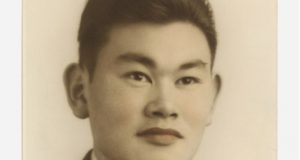
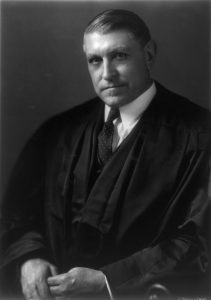 ROBERTS, J., Dissenting Opinion
ROBERTS, J., Dissenting Opinion